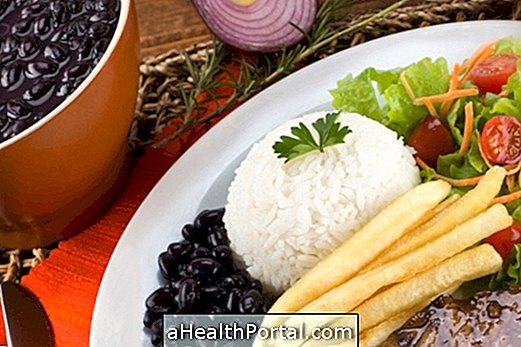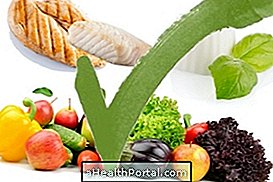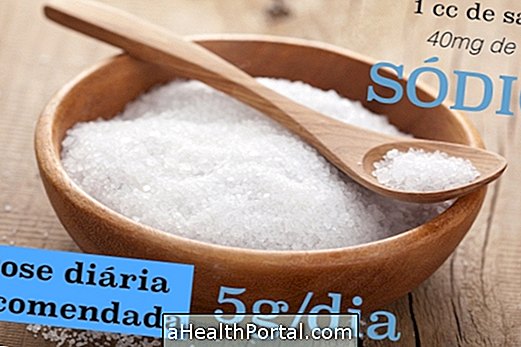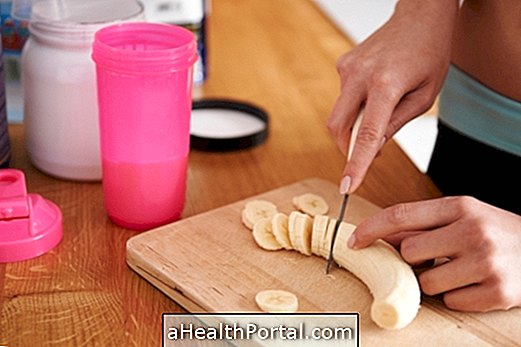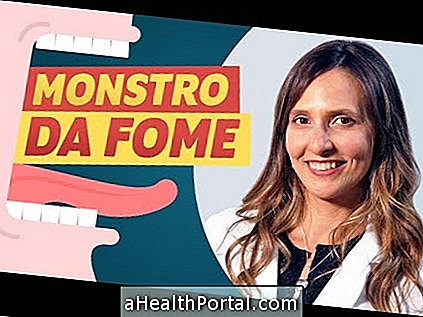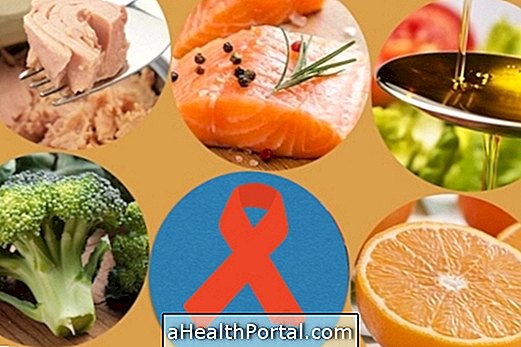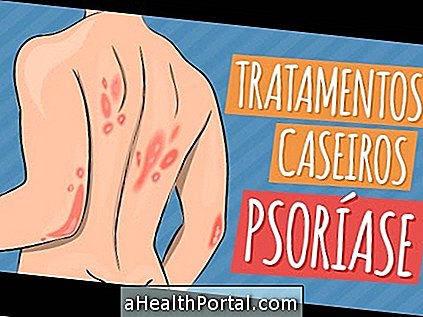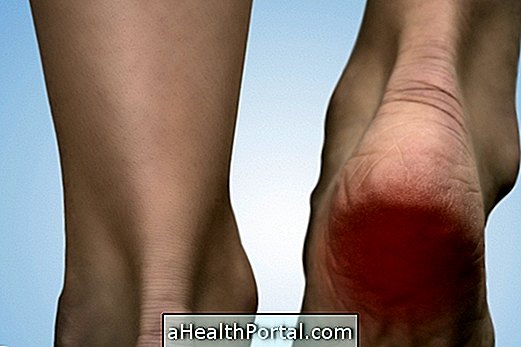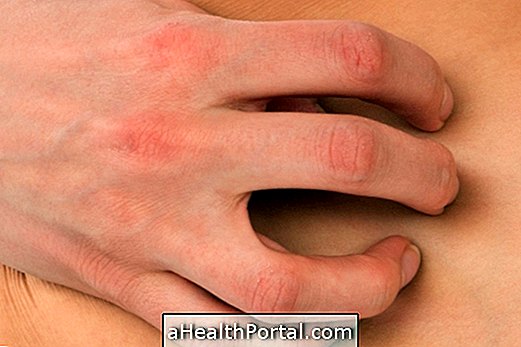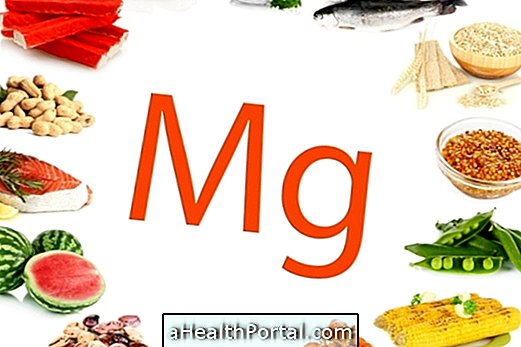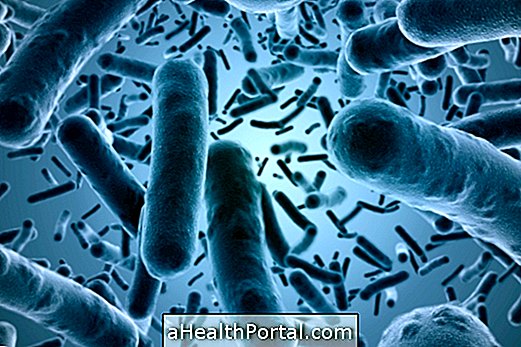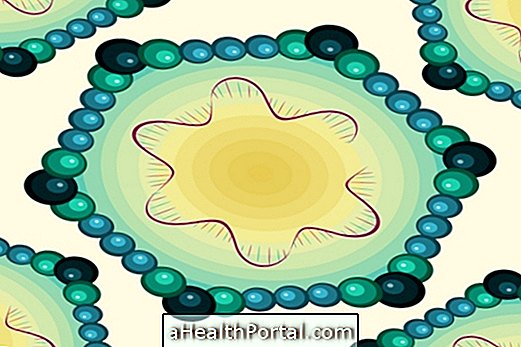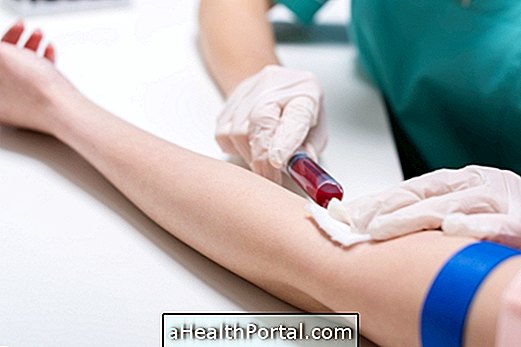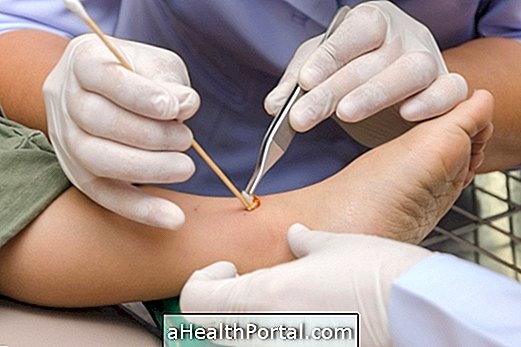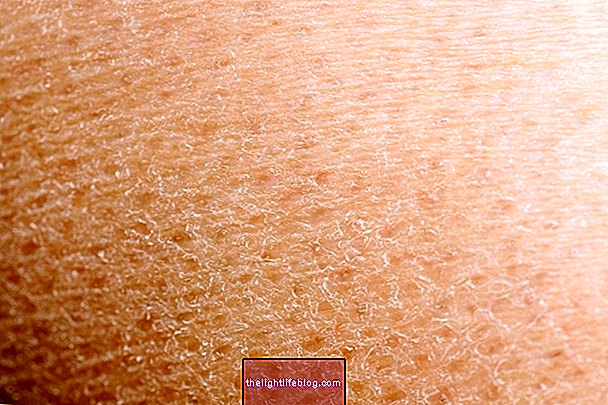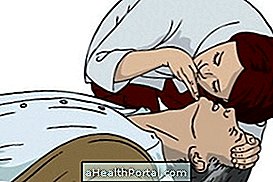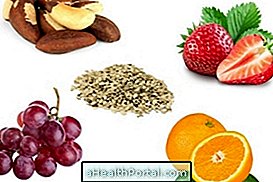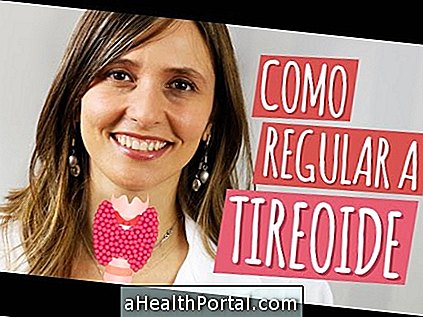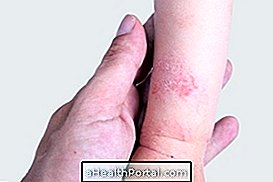Eating iron-rich foods, such as red meats or barley bread, for example, can help cure anemia when it is caused by iron deficiency in the blood.
However, iron-rich foods are important at all stages of life and should be consumed frequently, especially in pregnant women, infants and the elderly, as these groups have a greater need for iron in the body.
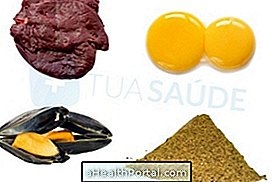

Table of foods rich in iron
Here's a table with iron-rich foods separated by animal and vegetable sources:
| Food rich in animal source iron | Iron per 100 g | Energy in 100 g |
| Carré | 3 mg | 260 calories |
| Calf | 3.6 mg | 230 calories |
| Lamb | 2.2 mg | 163 calories |
| Veal liver | 10.6 mg | 127 calories |
| Cooked mussels | 6 mg | 78 calories |
| Chicken egg yolk | 5.87 mg | 363 calories |
| Foods high in iron from vegetable sources | Iron per 100 g | Energy in 100 g |
| Barley bread | 6.5 mg | 302 calories |
| Soy bread | 2.3 mg | 283 calories |
| Parsley | 3.1 mg | 43 calories |
| Cooked chickpeas | 1.4 mg | 121 calories |
| Cooked peas | 1.9 mg | 63 calories |
| Cooked lentils | 2.44 mg | 108 calories |
| Cress | 2.6 mg | 23 calories |
| Raw beet | 2.5 mg | 49 calories |
| Kid's White Bean | 11.9 mg | 360 calories |
|
Black bean costa rica | 8.6 mg | 343 calories |
Animal foods have an iron absorption of between 20 and 30% of the total amount of iron ingested, while iron-rich plant foods allow an absorption of about 5% of the total iron content in their composition.
Iron-rich foods for anemia
Iron-rich foods for anemia include:
- Foods rich in iron of animal origin, like red meats and the egg because the iron of these foods is absorbed with facility;
- Foods rich in iron of vegetal origin like the beans, the peas or the parsley. These foods should always be consumed with a source of vitamin C such as orange, strawberry or sweet peppers to improve the absorption of iron. For example, eat rice with black beans and orange for dessert;
In addition to iron-rich foods for anemia, it is also important to follow other feeding tips such as:
- Avoid eating calcium-rich foods with the main meals such as yogurts, pudding, milk or cheese because calcium is a natural inhibitor of iron absorption;
- Avoid eating whole foods at lunch and dinner, because the phytates present in the cereals and fibers of whole foods, reduce the efficiency of iron absorption in food;
- Avoid eating sweets, red wine, chocolate and some herbs to make tea, because they have polyphenols and phytates, which are inhibitors of iron absorption;
- Cooking in an iron pot is a way to increase the amount of iron from poor foods such as rice, for example.
Mixing fruits and vegetables in juices can also be a great way to enrich the diet in iron. Two great rich iron recipes are the pineapple juice whipped in the blender with fresh parsley and the stewed liver steak.
See more tips on 3 tips to cure anemia or watch the video:

Daily iron requirement
The daily requirement of iron, as can be seen in the table, varies according to age and gender, since women have a greater need for iron than men, especially during pregnancy.
| Age group | Daily Iron Need |
| Infants: 7-12 months | 11 mg |
| Children: 1-3 years | 7 mg |
| Children: 4-8 years | 10 mg |
| Boys and Girls: 9-13 years | 8 mg |
| Boys: 14-18 years | 11 mg |
| Girls: 14-18 years | 15 mg |
| Men:> 19 years old | 8 mg |
| Women: 19-50 years | 18 mg |
| Women:> 50 years | 8 mg |
| Pregnant | 27 mg |
| Nurses: <18 years | 10 mg |
| Nursing:> 19 years | 9 mg |
Daily iron needs increase in pregnancy because it increases the amount of blood in the body and therefore iron is needed to produce more blood cells, just as iron is needed for the development of the baby and the placenta. Reaching iron needs in pregnancy is very important, but iron supplementation may be necessary during pregnancy, which should always be advised by the doctor.
Read too:
- Fruit rich in iron
- Symptoms of excess iron
8 diseases that cause excessive tiredness
